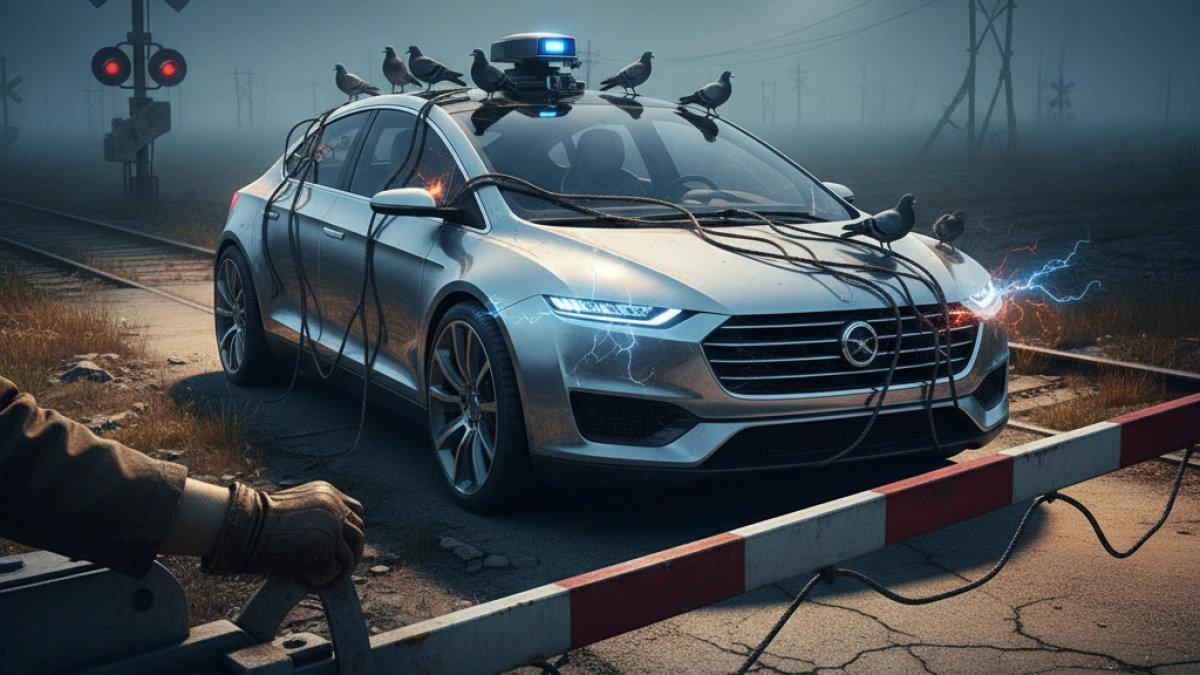Self-driving cars are far from being a reality.


In a scenario where technological advancements seem to promise a future filled with self-driving cars, the consensus among experts indicates that reality is still distant. Recently, Jensen Huang, co-founder and CEO of Nvidia, made it clear that fully autonomous cars are not close to becoming a norm on our streets.
Nvidia's Vision on Autonomous Driving
Nvidia is a leader in the development of technologies that fuel artificial intelligence (AI) and autonomous driving systems. During his participation in recent events, Huang emphasized that, although significant progress has been made in integrating these technologies, cars that drive completely independently are still far from being a viable reality.
The optimism surrounding the automotive industry regarding autonomous vehicles has been challenged by Huang, who stated that technical, ethical, and regulatory challenges are substantial obstacles that continue to loom. In his opinion, the expectation of having cars capable of operating without human intervention, even in the most complicated traffic conditions, is still a long-term vision.
Challenges of Autonomous Driving Technology
One of the key points highlighted in Huang's remarks was the complexity of the urban environment. Autonomous cars must be able to interpret countless variables in real time, such as pedestrian behavior, other vehicles, and weather conditions. This requires a level of understanding and reaction that currently cannot be guaranteed with the available technology.
Read also
Moreover, Huang emphasized that although AI technology has improved, it still presents significant challenges in unforeseen situations. Tests on open roads have shown that autonomous cars can perform adequately in controlled environments, but the real world is much more complicated. Such scenarios create uncertainties that complicate large-scale implementation.
Regulatory Framework and Social Acceptance
Another important aspect noted by Nvidia's CEO is the regulatory framework. The implementation of autonomous cars will require the creation of laws and regulations that ensure the safety of both passengers and pedestrians. Different governments are still evaluating how to approach the introduction of this technology.
Social acceptance is also crucial. Many people are still reluctant to embrace the idea of getting into a fully autonomous vehicle, and this affects the speed at which companies can advance their projects. Consumer trust is key to the acceptance of this technology.
Read also
Advances and the Future of Assisted Driving
Despite the difficulties, Huang mentioned that innovators in the automotive sector are diligently working to offer assisted driving features that enhance road safety. These technologies include adaptive cruise control systems, lane-keeping assistance, and traffic sign recognition, among others.
The transition to a fully autonomous future will likely be gradual. Collaboration between automakers, technology companies, and regulators will be essential for autonomous driving to evolve safely and effectively.
In conclusion, while the dream of self-driving cars continues to captivate the imagination, reality is characterized by multiple challenges that still need to be overcome. For more news on technological advancements and related topics, I invite you to keep reading my blog. Stay informed!



















